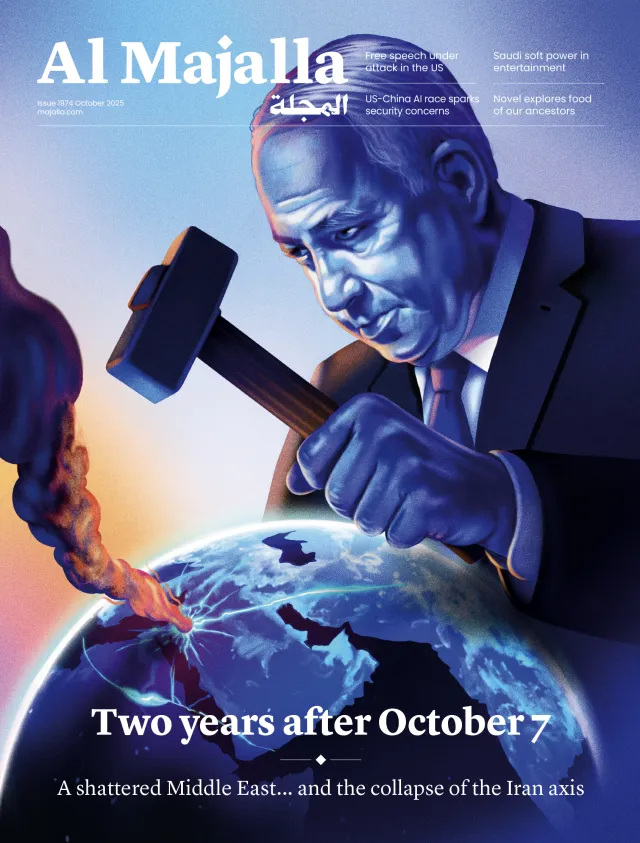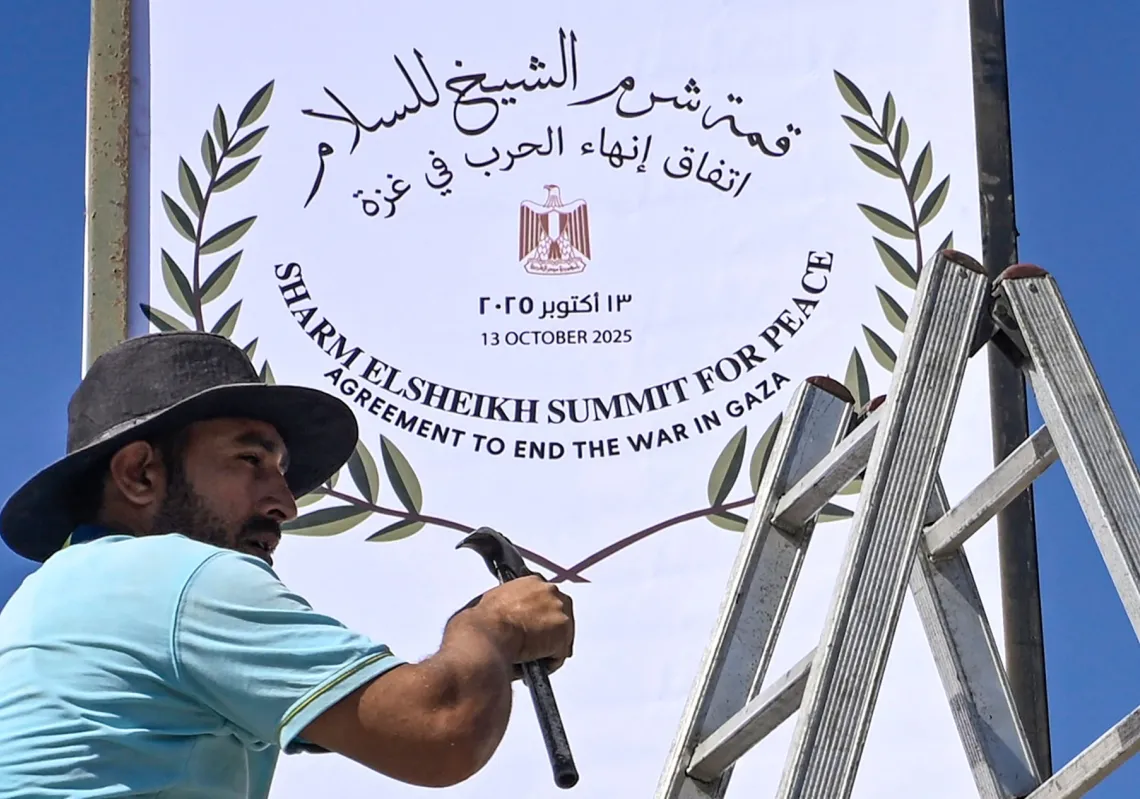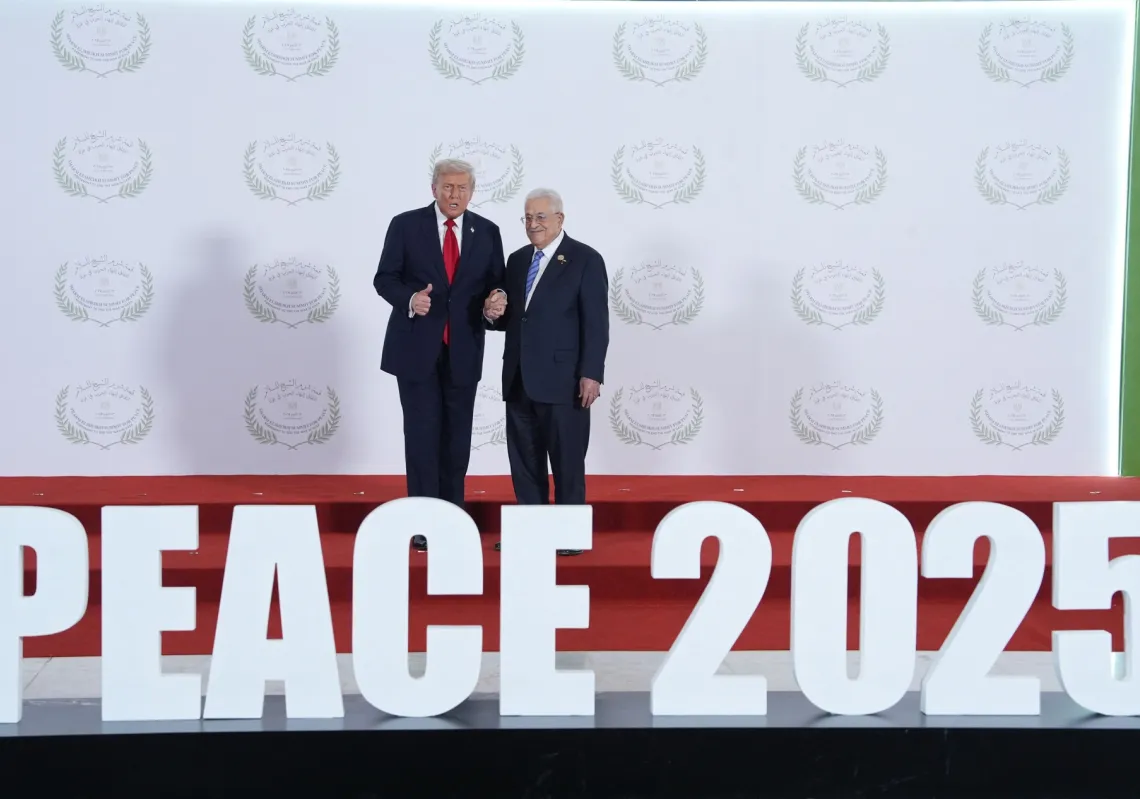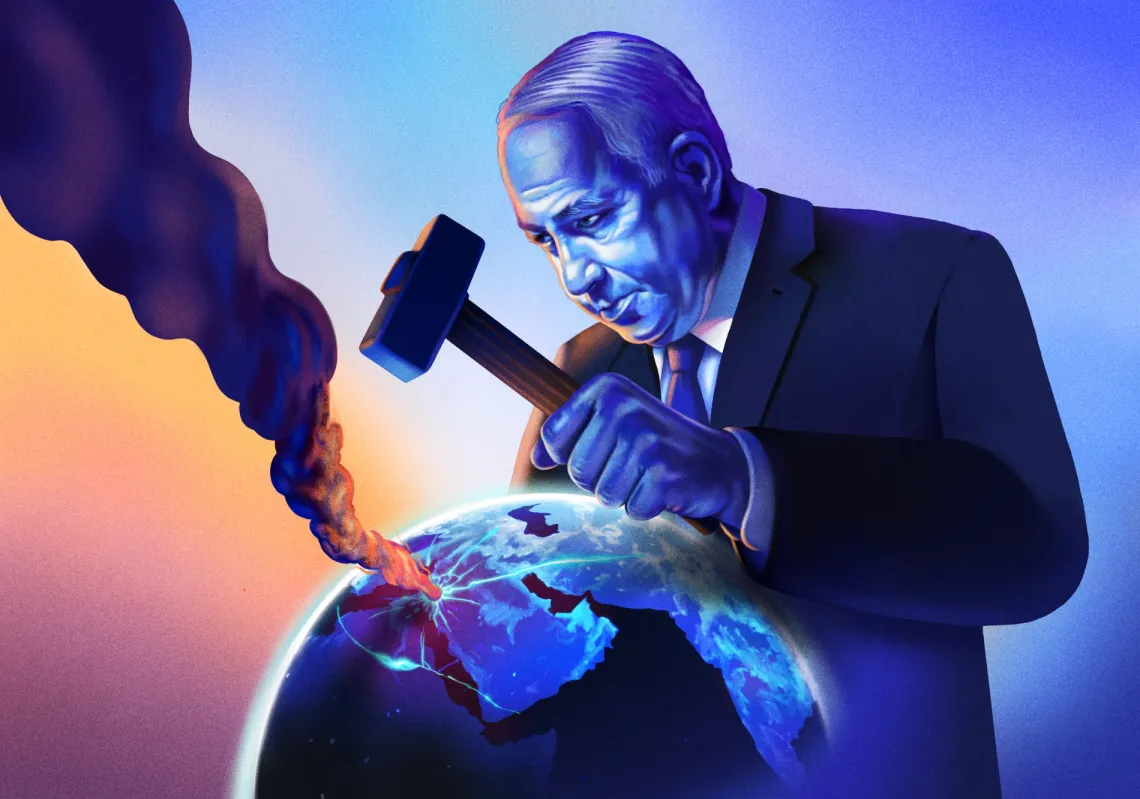It is unclear whether it is accurate to describe the conflict in Yemen between the government and the Houthi insurgents as a sectarian conflict between Sunnis and Shiites – even if, as a result of Iran’s influence, the Houthis decided to frame the conflict in this light, by involving Saudi Arabia in the confrontation. The insurgents managed to frame the conflict in a sectarian light by provoking Saudi Arabia after having invaded its territory and having killed a number of its soldiers and civilians.
However, once we take into account the sectarian make up of the conflict we see that, in fact, both warring parties in Yemen are Zaidis. This means that the authorities represented by the president of the Republic, army leaders, security commanders, military troops and even tribes on both sides are all Zaidi Yemenis and they belong to the Zaidi sect, proportion to Zaid ben Ali ben Al-Hussein. This doctrine was introduced to Yemen by Imam Al-Hadi Yahya ben al-Hussein in 282 A.H.
However, the religious sectarianism adopted by the first Houthi rebel leader, Hussein al-Houthi, revealed that the Houthi political project contradicts the religious philosophy of the Zaidis. Zaidis are moderate Islamists, yet Al-Houthi aimed to imitate Iranian policy notorious for its rejection of Shiite Imams that are moderate Muslims.
In terms of the ideological influence that Iran has had on the Houthi movement, one must begin to explore Hussein Al-Houthi’s relationship with Iran. Hussein al-Houthi stayed with his father, Badr Al-Din in Tehran after their dispute with President Ali Abdullah Saleh. They were influenced to a large extent by the Iranian policy which advocated for political sectarianism as a means to confront corrupt Arab regimes, a belief the Houthis adopted.
Tehran tended to support the Houthi’s political, media and military move
In Yemeni mosques, starting from the Grand Mosque in Sanaa, Hussein promoted the slogans "Death to America, Death to Israel". He justified this by saying that his movement needed a slogan that the people would rally around and that would provoke the regime, expose it and draw it towards confrontation.
Hussein al-Houthi had founded the Youthful Believers group, which received money, books and positions from the president to overcome an important problem that worried the regime. The most dangerous one was the Salafist group led by extremist Moqbel Al-Wadi'i who did not accept any dialogue or reconciliation with all the sects and other Islamic movements. His worst move came when he destroyed the shrine of Ibn Hidroos Shafei in Aden after the unification between the north and south.
At the political level there is a conflict between the sectarianism adopted by the Houthis as a price they offer in exchange for material, military, political and media support from Iran. At the social and national levels, the Houthis, and their Zaidi supporters are fighting a Zaidi regime which has been adopting the same doctrine since the Imamate era to the Republican one. That is, one can deduct that the sectarian aspect of the conflict is artificial since both the government and the Houthis are Zaidis. On the other hand, Iran’s influence creates an incentive for the conflict in Yemen to be framed as sectarian.
It remains to know that describing the conflict as sectarian, targeted against the Shiites is part of an official Iranian media and political campaign, to incite sedition among Arab Muslims, whether Sunni or Shiite. Through this sedition, Iran would penetrate the Arab world by supporting one sect against the other. Iran aims to achieve the goals of its slogan and spread the Islamic revolution in other parts of the region.
The case of Yemen is not the only one in which Iran supports a sectarian divide. Iran also supports the Sunni Muslim Brotherhood group in Gaza against other Sunnis in the Fatah movement in order to have a foothold in Palestine. Similarly, it supports the Maronite group of Michel Aoun in Lebanon against other Christians. Iran also aids a proportion of Lebanon's Sunni Muslims to divide the Muslim community. Finally, Iran supports the Sunni Sudanese regime against other religious and moderate Sudanese sects, such as Al-Ansar and Khatmiyya.
Thus, the conflict in Yemen is also a political struggle for Iran, which aims to control different parts of the Arab world. They may claim calling for Islamic unity, but only if this slogan serves their interests.








